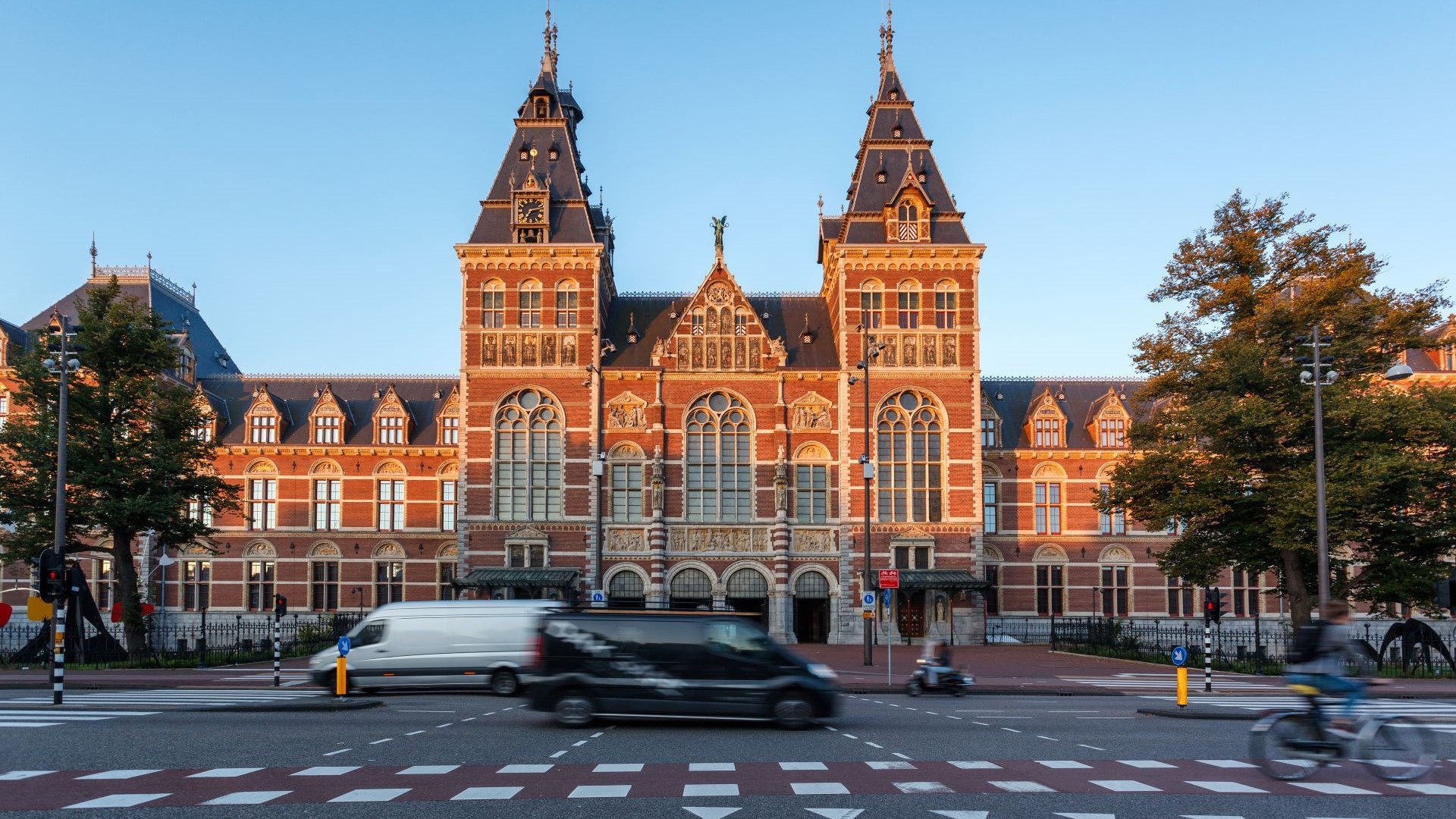
To meet current safety and usage requirements for international modern museums, the Rijksmuseum in Amsterdam had to undergo a major renovation and restoration. This included the construction of a large underground square of about 3000 square meters. Can you imagine how, for this purpose, concrete cellars with a depth of about six meters had to be constructed, next to the existing wooden pile foundations of the monumental building?
The outcome: renovation of the Rijksmuseum was carried out quickly and safely
The challenge: work as efficiently as possible, yet preventing damage at all times
As a contractor, at all times, you want to make sure that your construction activities will not cause damage to this kind of unique historic buildings. Your challenge is therefore a balancing act between carrying out the construction activities as quickly as possible and preventing damage, such as vibrations or too low a groundwater level causing damage to the foundation piles. Taking into account all these circumstances can put pressure on you. However, having access to the right information about the condition of the historic building during the works, will help find the right balance.
The solution: sharing large amounts of essential data from various sources in one dashboard
During this major project, vibrations and a low groundwater level posed particular risks. In addition, the settlements of the building and the adjacent buildings were periodically measured. The agile Sweco Monitoring Platform is unique as large amounts of data from different sources can be converted and shared with all stakeholders in one web-based dashboard environment.
To provide the right information, you need to collect the right data. During this project, Sweco worked closely with geotechnical experts from CRUX. Using advanced calculations and monitoring strategies, the effects of the new structures on the existing building were closely monitored.
The result: Rijksmuseum Amsterdam meets current safety and usage requirements
For the long term, this project has ensured, among other things, that the Rijksmuseum meets the safety and usage requirements for international museums. The contractor has been able to make optimal use of the information from the Sweco Monitoring Platform, preventing damage at all times. The process, as well as the result, has had a direct positive effect on this unique building and its surroundings.

